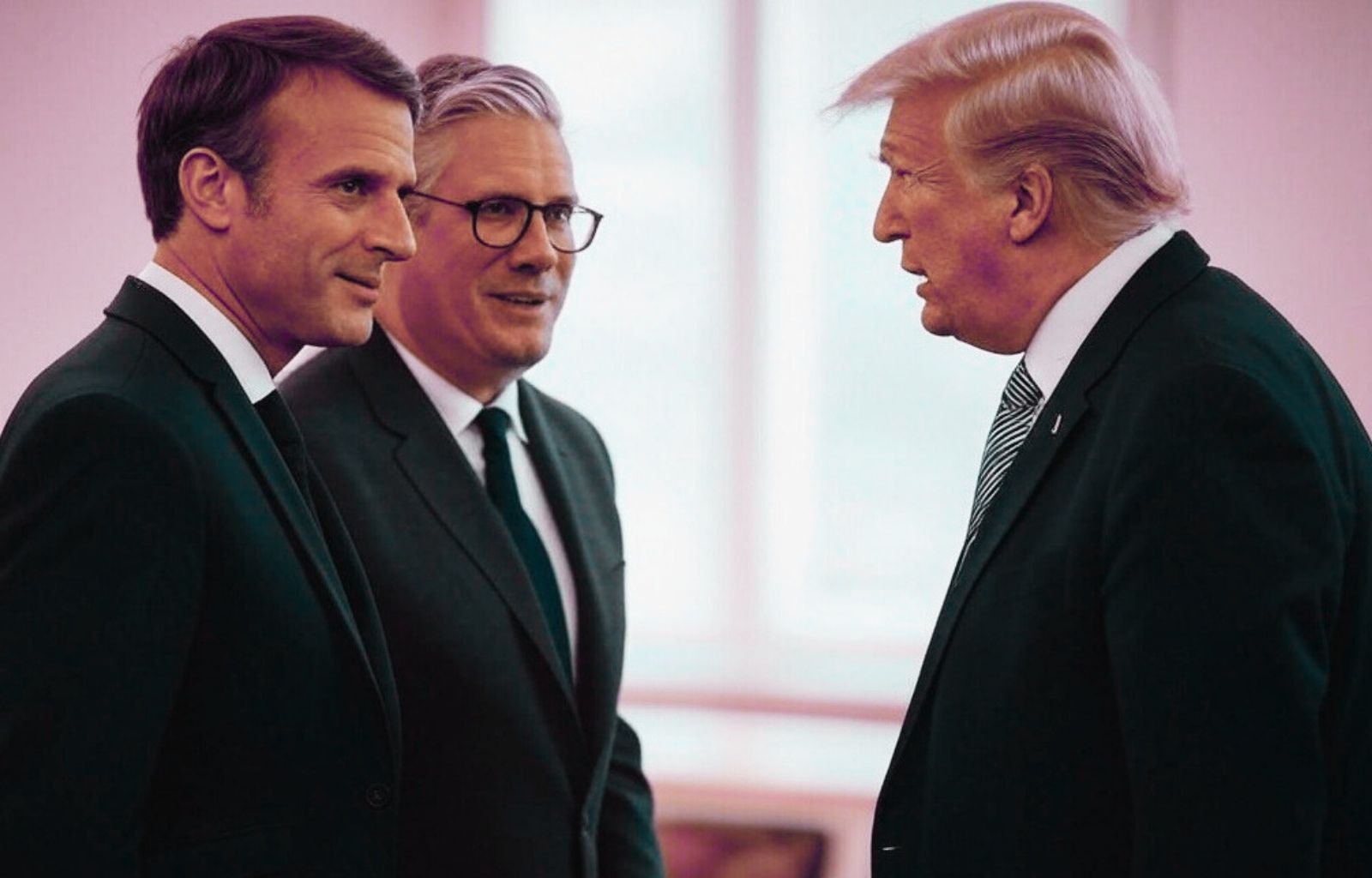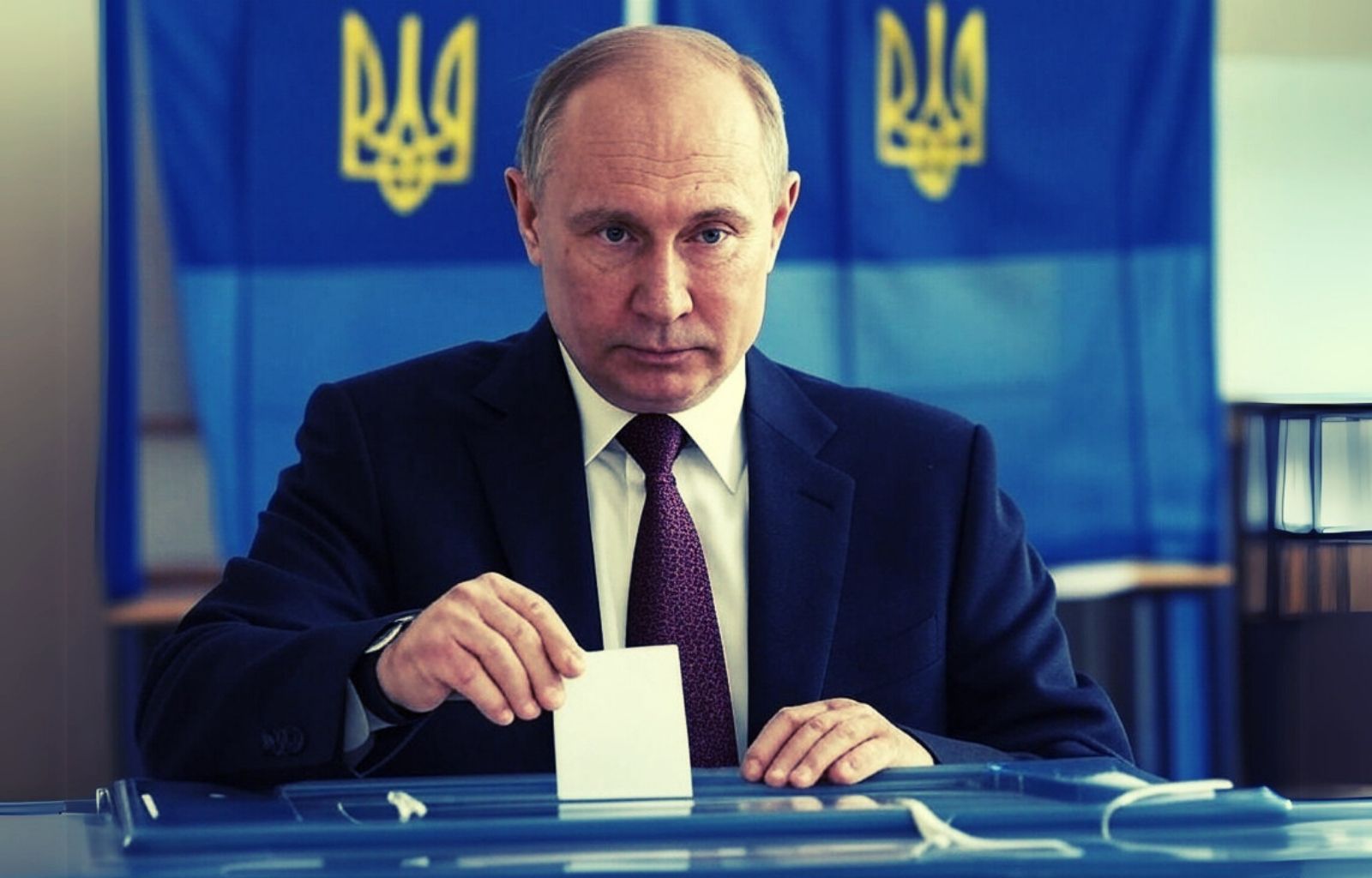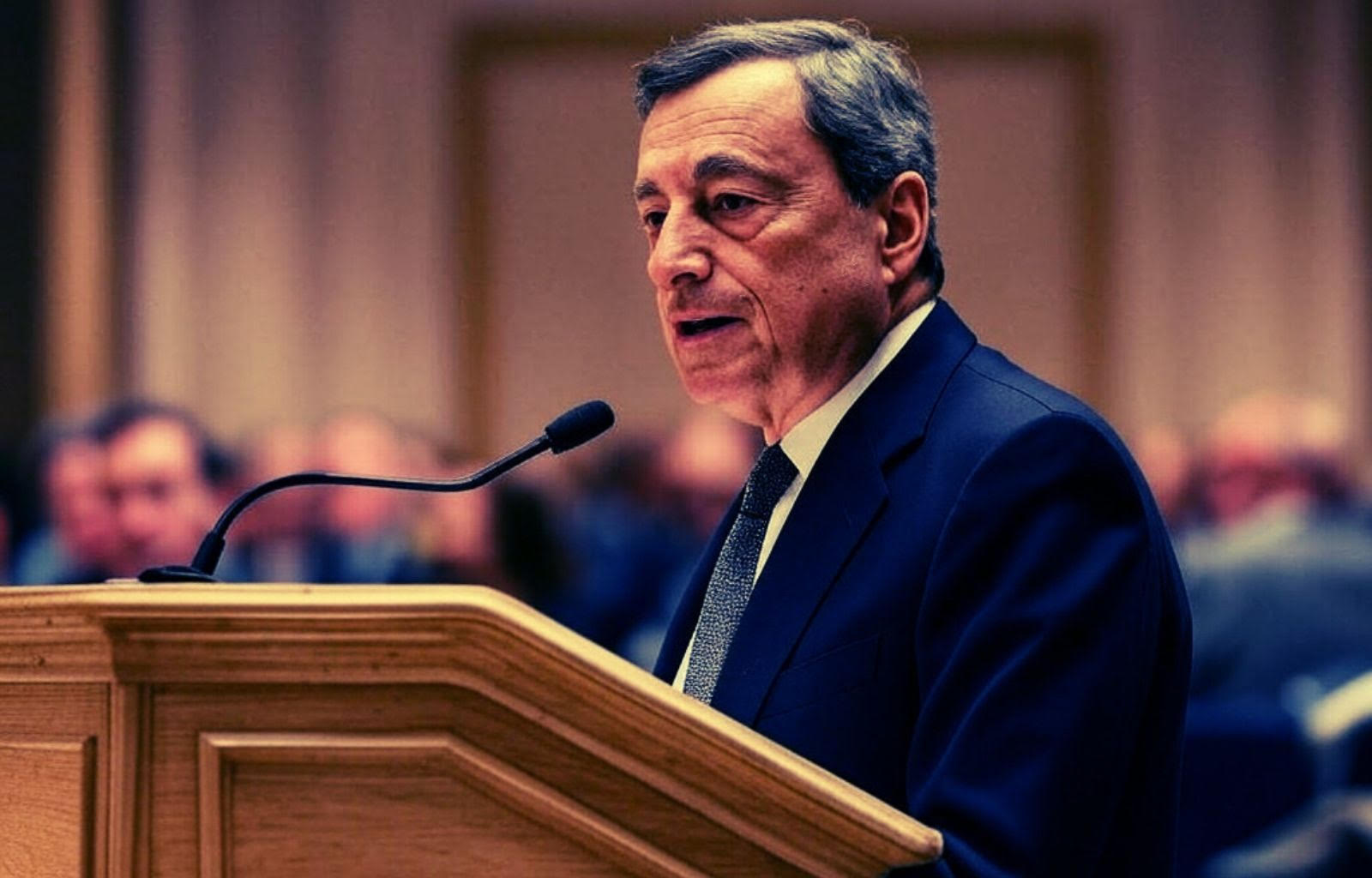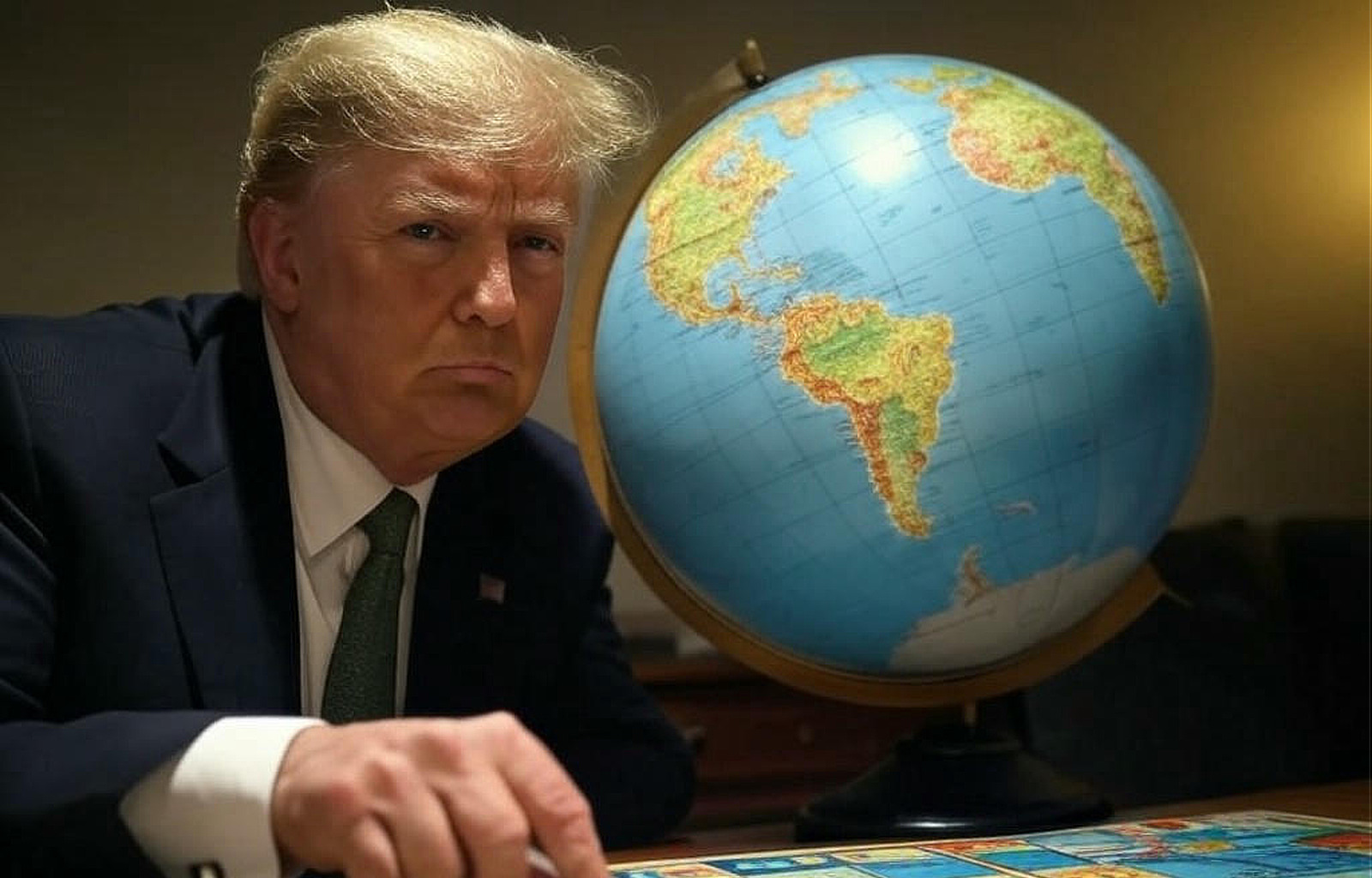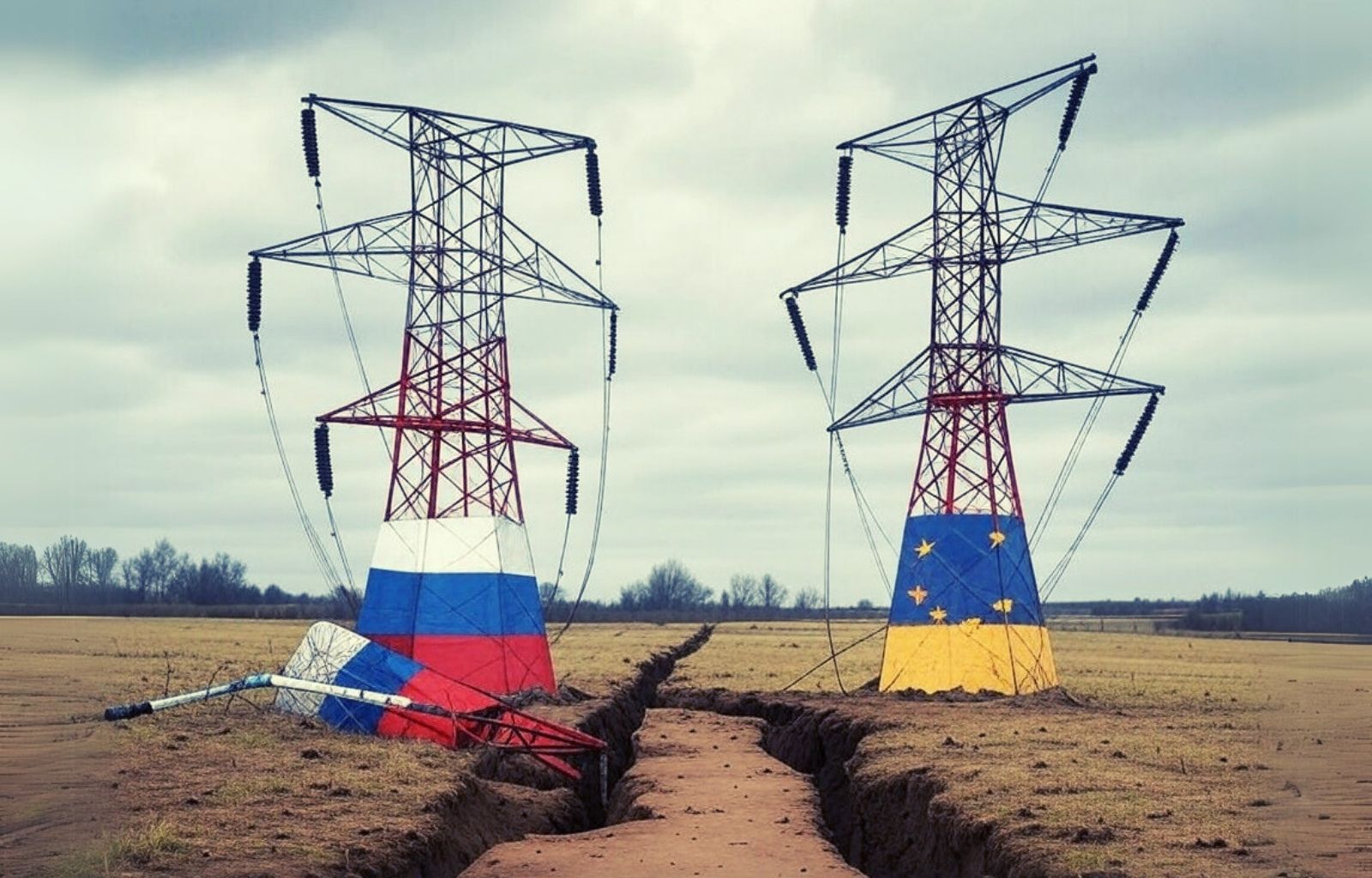On Gaza Trump scatters, bluffs and raises, but something is brewing

Donald Trump ‘s release on the ‘transfer/relocation‘ of Palestinians from Gaza brings to mind some not too distant episodes that took place between January and August 2020. These facts, little considered at the time, acquire new meanings today, especially if reread in the light of the normalisation dynamics between Israel and certain Arab countries, and help us decode (or at least try to rehearse) the bombastic statements made by the US president during the recent press conference held in Washington, on the occasion of the visit of Israeli Prime Minister Benjamin Netanyahu.
The ‘Deal of the Century’ and its antecedents
On 28 January 2020, from the White House, Trump announced to the world – with Israeli Prime Minister Benjamin Netanyahu at his side – the so-called ‘Deal of the Century’. It was the geopolitical declination of the ‘Peace for Prosperity’ plan, launched in Bahrain in June 2019 to general indifference. This context was also the phase in which the foundations were laid for the Abrahamic Accords, a scenario in which behind-the-scenes work has always proved crucial for major events in the Middle East (the Kippur War, Sadat’s visit to Israel, the 7 October 2023 attack, and so on).
Trump’s proposal envisaged his own interpretation of the ‘two peoples, two states’ principle, with the retention of most Israeli settlements and minimal territorial exchanges compared to previous negotiations (Oslo, Camp David, Annapolis). The Palestinian capital would be moved further east, towards Abu Dis, and Gaza would be rethought with a view to tourist development (a real ‘Gaza Riviera’). The international reaction was one of mockery and rejection, very similar to what happens today in the face of Trump’s recent ‘bombshell’ on Gaza.
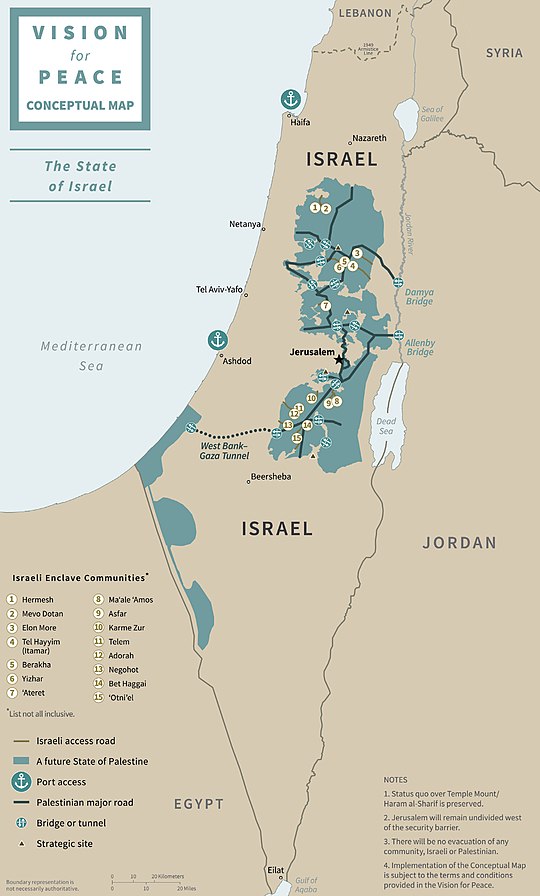
The conceptual map of Trump’s January 2020 proposal
The prospect of annexation
Shortly afterwards, rumours began to circulate about a possible step towards annexation – or extension of Israeli sovereignty – over Area C of the Palestinian Territories. The press indicated a green light from Trump, interpreting some statements by the then US ambassador to Israel, David Friedman. For some time, the US had already moved its embassy to Jerusalem, without a global conflict breaking out.
At the time, Netanyahu announced that he would proceed with the annexation from 1 July 2020, but in reality nothing concrete happened. Every declaration remained in limbo, complicated also by internal problems within the governing coalition (there was the rotation with Benny Gantz) and by the brakes placed by the Trump administration itself. In practice, everything looked like a huge bluff, while evidently something else was being prepared behind the scenes.

Yousef Al Otaiba and the Emirates signal
On 12 June 2020, something remarkable happened: Yousef Al Otaiba, ambassador of the United Arab Emirates in Washington, signed an editorial in Hebrew in the Israeli daily Yediot Ahronot, entitled ‘Annexation or normalisation’. It was the first time that the underground negotiations between Israel and some Arab countries emerged publicly in such a direct way. It came on 1 July and nothing happened; neither on the 2nd, nor on the 3rd, nor on the 4th. The much-announced annexation remained a dead letter.
The Abrahamic Agreements
On 13 August 2020, around 6pm in Israel, Trump announced via Twitter:
“HUGE breakthrough today! Historic Peace Agreement between our two GREAT friends, Israel and the United Arab Emirates!“
This is how the world became aware of the Abrahamic Accords, which were later joined by Bahrain, Morocco and Sudan (the latter later froze its membership due to renewed civil war).
The consecutio is evident: Trump launched (or apparently supported) two ‘outrageous proposals’ – the ‘Deal of the Century’ and annexation – which did not materialise, but opened the way for normalisation between Israel and the Emirates. That first step represented the beginning of a much larger project, in which Saudi Arabia remained more defiladed, perhaps to test the reaction of public opinion. A project that the Hamas attack of 7 October 2023 also aimed to derail, but which does not seem to have been really interrupted.
Saudi Arabia and the signs of ongoing normalisation
One of the most concrete signs of the advanced state of this normalisation is related to air traffic. After 7 October 2023, many international airlines suspended flights to Israel. Yet the only destination that has remained regularly operational from Tel Aviv’s Ben Gurion airport is Dubai, with numerous daily flights.
This has not only partly replaced the Istanbul hub (Turkey plans to resume the routes around the summer anyway), but above all highlights a key fact: these flights fly over Saudi Arabia, which has granted Israel airspace since September 2020. By drastically reducing the duration of the flights, Riyadh has in fact shown a willingness to keep a channel of dialogue open, albeit unofficial at the political level.
What does this have to do with Trump’s ‘bombing’ of Gaza?
There is no single answer, but the feeling is the same as in 2020: something is cooking.
One possible key is that Trump is raising the bar to pressure Arab countries, using the threat of direct involvement in the Palestinian issue as a ‘doomsday weapon’. In his statements, he said that ‘the US will own Gaza’ and that it will have to be ‘the rich, good-hearted surrounding countries’ who will have to pay. A patently unrealistic proposal – ‘it’s mine, but you pay’ – of which Trump himself is perfectly aware.
So, perhaps the aim is to publicly declare the transfer/relocation project and to highlight the hypocrisy of Arab governments, which for 76 years have kept Palestinians in refugee camps without citizenship (Lebanon, Syria), or as discriminated citizens (Jordan), or have refused to have them on their territory (Egypt, which in its Camp David Accords did not want to take back Gaza along with Sinai). A move that could push the Arab countries to say ‘no’ to the transfer, but to grant a ‘yes’ on something else.
The possible ‘yes’ to be torn
Trump’s announcement was made on 4 February, i.e. on the 16th day since the beginning of the truce between Israel and Hamas, when the negotiations for the second phase of the agreement, the one that should lead to the release of the other 64 hostages still in Hamas’ hands and to a final ceasefire, should begin.
The ‘yes’ to which Trump is aiming could therefore be about a stronger commitment on the part of the Arab countries (especially Saudi Arabia) so that, with the end of hostilities, Hamas no longer has any administrative or political role in Gaza. How to measure this ‘surrender’ of Hamas? One of the hypotheses, although rather fanciful, could be a total release of the hostages within a certain time frame – three months, for instance – without the strategy of release over the years. If that were not enough, Trump has already announced the possibility of a vote in four weeks on support for a possible annexation of Area C. A pressure mechanism very similar to that of 2020.
An evolving scenario
This, of course, does not exclude that the scandalous idea of relocation/placement may find its application in the future, even if only partially, perhaps with the unlimited opening of borders and incentives for those who want to emigrate (we are talking about possible hundreds of thousands of people, depending on economic stimuli).
A key aspect, when trying to interpret Trump, is that he generally does not speak out of turn: if he says he has discussed this with Egypt, Jordan and Saudi Arabia, and even if these countries deny it, he knows that their actual commitment to the Palestinian cause is less strong than they proclaim in public. In fact, he is actually outing them. And here a problem arises: in Arab culture, publicly revealing secret negotiations is a potential dealbreaker. Important deals are woven behind the scenes and there they should remain until the conditions for announcing them mature. Trump’s negotiating team, which is familiar with such a culture, cannot ignore this.
All this reinforces the feeling that, once again, something is really boiling in the pot.




